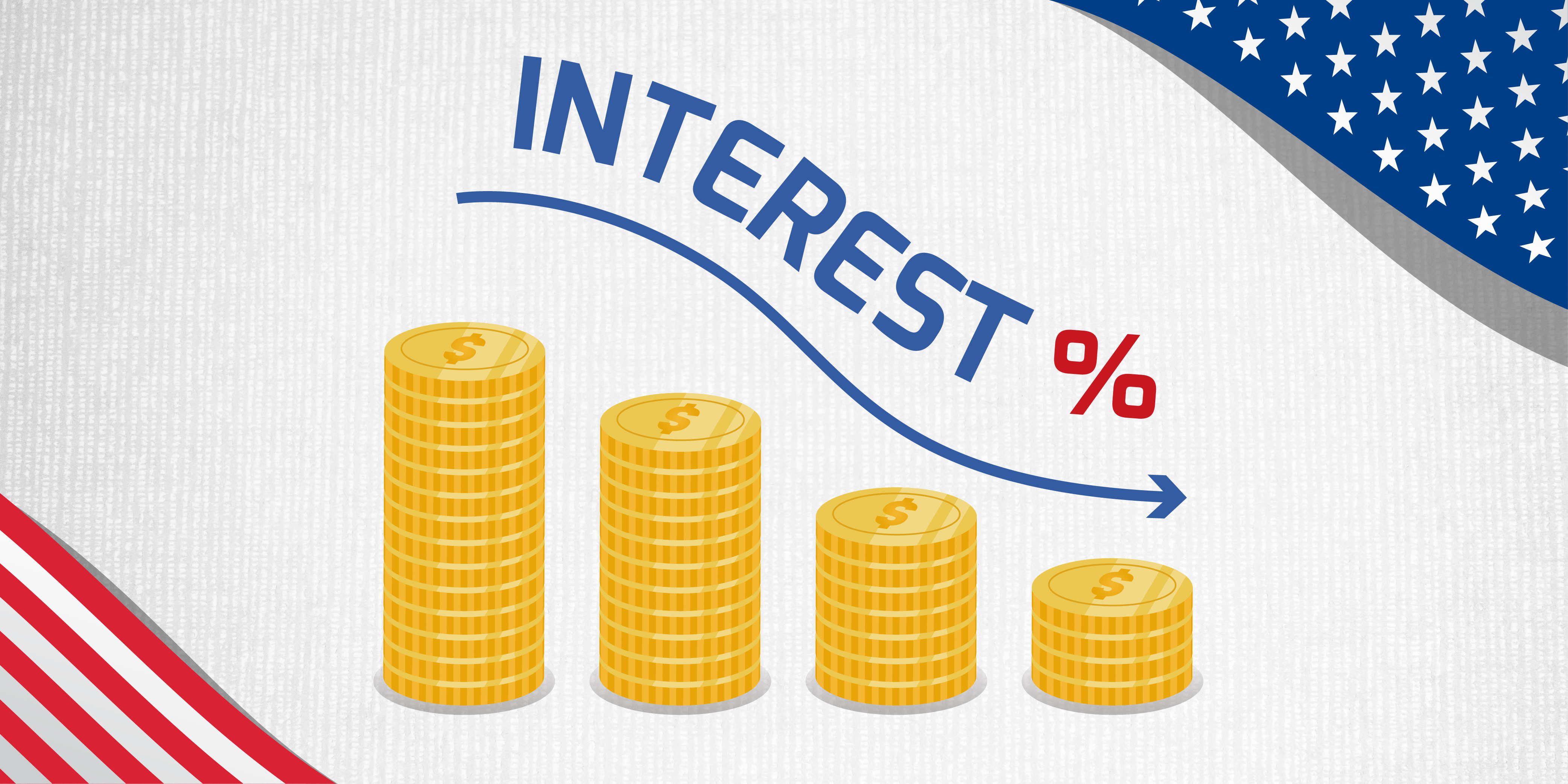
Fed's Rate Cuts Cause Market Uncertainties
Written by Arthur, Ria & Flo on 2019-10-14
Since the U.S.’ Federal Reserve (Fed) implemented their second-ever rate cut in September, the market’s expectations of another interest rate cut in October continues to rise.
Even though it has been long rumored that the Fed would reduce interest rates, what exactly caused it? What is the impact on the U.S.’ economic development and on regular people just like you and me? AQUMON explains everything you need to know about the impact from cutting interest rates in just a few minutes.
A little basics on how the Fed works and their backstory
The Fed is the central bank of the United States, created in accordance with the 1913 Federal Reserve Act passed by the U.S. Congress.
In 1907, the United States broke out of the most serious financial crisis in history. Numerous unregulated trust companies invested bank loans in high-risk stocks and bonds, which ultimately led to a full blown bank-driven financial crisis. At that time, more than 300 trust companies in the United States collapsed.
The result? Despite record U.S. corporate profits and the overall economic growth, the U.S. stock market plunged, securities firms closed down, interest rates soared, the New York City government has been unable to issue bonds, the New York Stock Exchange almost closed down and a bank run swept throughout the U.S. Quite a nasty situation.
During this time, J.P. Morgan's founders set up an alliance of private bankers to cope with the national financial crisis. This incident not only saved the United States but also contributed to the birth of the Fed.
As the central banking system with the most complex organizational structure in the world, the Fed maintains a certain degree of independence and can fairly represent the interests of multiple interest groups in various regions.
It has three main objectives: maximizing employment rates, stabilizing prices and achieving appropriate long-term interest rates. The first two, called the Fed's dual mandate, are important reasons for determining interest rate hikes or interest rate cuts.
The third, is the Fed generally controls the lending rate in the market by changing the federal benchmark interest rate. In a nutshell, the Fed lowers interest rates in order to stimulate economic growth, as lower financing costs can encourage borrowing and investing.
What is the ultimate impact from such rate cuts?
Due to the special status of the United States in the global economy, coupled with the implementation of the linked exchange rate in Hong Kong, the monetary policy in Hong Kong is bound to have a chain reaction. Therefore, the rise and fall of interest rates directly impacts the ‘wallets’ of the government, corporates and even individuals.
Impact to the Hong Kong government:
The Fed’s interest rate cuts can alleviate the depreciation pressure of the currency to the U.S. dollar to a certain extent, and thus provide more strength against ongoing macroeconomic risks.
Impact to corporates
In the face of the downward adjustment of interest rates, more capital will flow into the market from banks, which makes the financing for corporates easier and will be helpful in aiding future development opportunities.
Impact to individuals:
The downward adjustment of interest rates will negatively affect the interest rates of our individual bank deposits. With lower interest rates from their bank deposits investors should in turn consider putting their money to work more by turning to other higher-yielding investment methods such as stocks and bonds.
Hope you learned something today. Happy investing!
Disclaimer
Viewers should note that the views and opinions expressed in this material do not necessarily represent those of Magnum Research Group and its founders and employees. Magnum Research Group does not provide any representation or warranty, whether express or implied in the material, in relation to the accuracy, completeness or reliability of the information contained herein nor is it intended to be a complete statement or summary of the financial markets or developments referred to in this material. This material is presented solely for informational and educational purposes and has not been prepared with regard to the specific investment objectives, financial situation or particular needs of any specific recipient. Viewers should not construe the contents of this material as legal, tax, accounting, regulatory or other specialist of technical advice or services or investment advice or a personal recommendation. It should not be regarded by viewers as a substitute for the exercise of their own judgement. Viewers should always seek expert advice to aid decision on whether or not to use the product presented in the marketing material. This material does not constitute a solicitation, offer, or invitation to any person to invest in the intellectual property products of Magnum Research Group, nor does it constitute a solicitation, offer, or invitation to any person who resides in the jurisdiction where the local securities law prohibits such offer. Investment involves risk. The value of investments and its returns may go up and down and cannot be guaranteed. Investors may not be able to recover the original investment amount. Changes in exchange rates may also result in an increase or decrease in the value of investments. Any investment performance information presented is for demonstration purposes only and is no indication of future returns. Any opinions expressed in this material may differ or be contrary to opinions expressed by other business areas or groups of Magnum Research Limited and has not been updated. Neither Magnum Research Limited nor any of its founders, directors, officers, employees or agents accepts any liability for any loss or damage arising out of the use of all or any part of this material or reliance upon any information contained herein.
